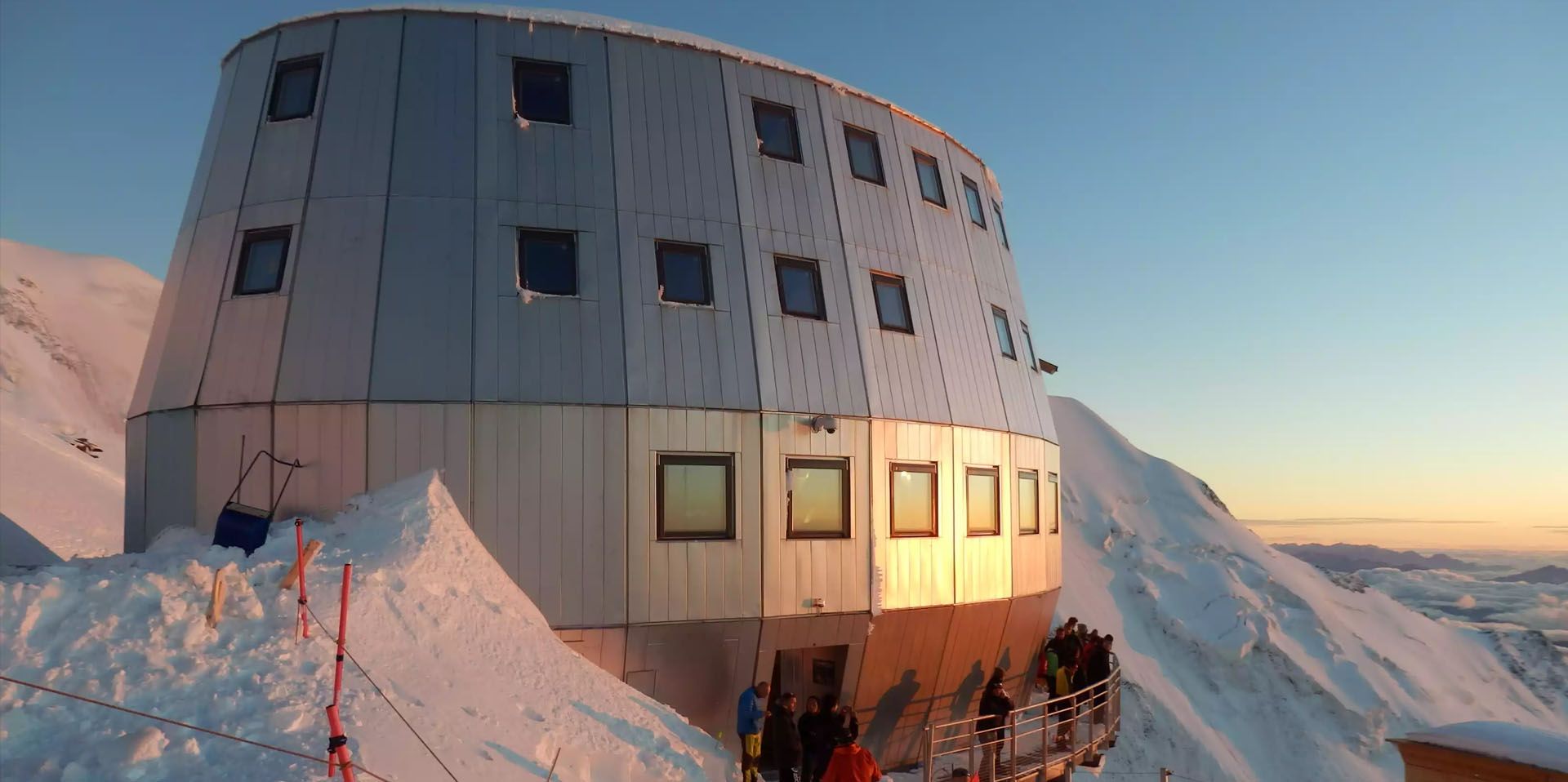

Longitude 131° sits on the very edge of the UNESCO World Heritage Site that surrounds Ayer’s Rock, and its construction was the result of lengthy negotiations with the Aboriginal Anangu community. Reconciling the requirements of hyper-luxury tourism with a scorching, drought-ridden desert climate is just one of the challenges faced when building a resort where the temperatures regularly hit the mid-forties centigrade during the summer months of January and February. Its operator, Voyages Resorts, describes it as a “boutique” resort, designed to offer five-star accommodation in the extreme climate of the Red Centre’s desert. But despite the pods’ tent-like appearance, this is no camping site. A cluster of fifteen pods plus a central facilities building, strategically perched on the crest of an isolated sand dune 10km northwest of Ayer’s Rock, Longitude 131° is the only tourist accommodation to offer uninterrupted views of the monolith the Aborigines refer to as Uluru. But for most of the 400,000 tourists who visit each year, it is likely to be a fleeting experience after an early wake-up call and bumpy bus ride out to the site.ĭelivering this view to thirty privileged guests – “room service” style – is the aim behind Longitude 131° design strategy.


It is the image of the Rock at dawn when the intense red rays of the rising sun cast an overpowering three-dimensionality onto its monolithic form. Text by Joseph Grima.Įxtreme luxury Perhaps more than any other tourist attraction on Earth, Ayer’s Rock in Australia’s Red Centre can be identified by a single, distinctive view, strangely familiar even to those who have not been there.

Ten kilometres northwest of Ayer’s Rock, an encampment-like cluster of luxury “tents” designed by Philip Cox Architects defies the torrid climate of Australia’s Red Centre to offer its thirty guests a privileged view.


 0 kommentar(er)
0 kommentar(er)
